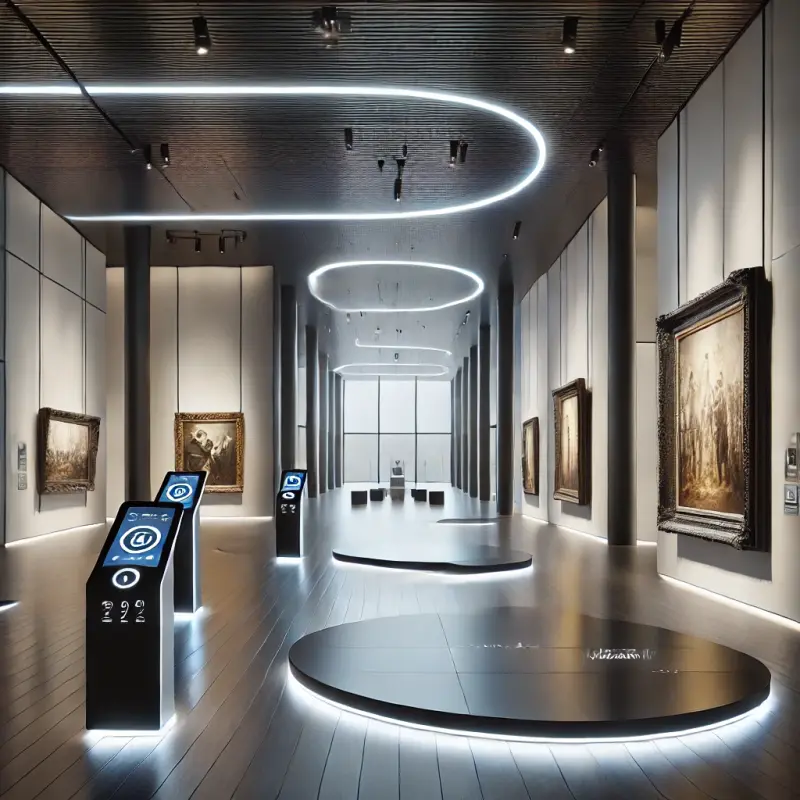In the realm of art exhibitions, lighting plays a pivotal role in shaping the viewer's experience. The advent of automated lighting control technologies has revolutionized how art is presented, ensuring optimal illumination while enhancing accessibility and sustainability.
The Importance of Lighting in Exhibition Halls
Proper lighting is essential in exhibition spaces to highlight artworks effectively, create ambiance, and guide visitor attention. Traditional static lighting setups often fall short in adapting to varying exhibition requirements and dynamic visitor interactions. Automated lighting control systems address these challenges by offering flexibility and precision.
Advancements in Automated Lighting Control Technologies
Recent developments in lighting control have introduced sophisticated systems that integrate sensors, adaptive algorithms, and user-friendly interfaces. These systems can adjust lighting parameters in real-time based on factors such as natural light availability, occupancy, and specific exhibition needs.
-
Occupancy Sensors: Utilizing technologies like passive infrared and ultrasonic detection, these sensors modulate lighting based on visitor presence, ensuring areas are illuminated only when occupied.
-
Daylight Harvesting: By employing photosensors, these systems measure ambient natural light and adjust artificial lighting accordingly, maintaining consistent illumination levels and conserving energy.
-
Programmable Lighting Scenes: Curators can predefine lighting settings tailored to specific exhibits or events, facilitating seamless transitions and enhancing the overall visitor experience.
Enhancing Art Accessibility Through Technology
Automated lighting systems contribute significantly to making art more accessible:
-
Visual Comfort: By maintaining optimal lighting conditions, these systems reduce glare and shadows, allowing visitors to appreciate artworks in their true form.
-
Energy Efficiency: Adaptive lighting reduces unnecessary energy consumption, aligning with sustainability goals and reducing operational costs.
-
Dynamic Adaptation: The ability to adjust lighting in response to changing exhibition layouts or visitor flow ensures that each piece is presented under ideal conditions.
Incorporating automated lighting control technologies in exhibition halls not only elevates the presentation of art but also aligns with modern standards of energy efficiency and visitor engagement. As these technologies continue to evolve, they hold the promise of making art more accessible and enjoyable for all.
